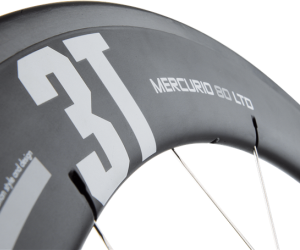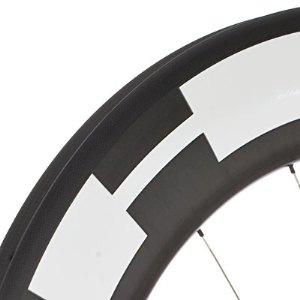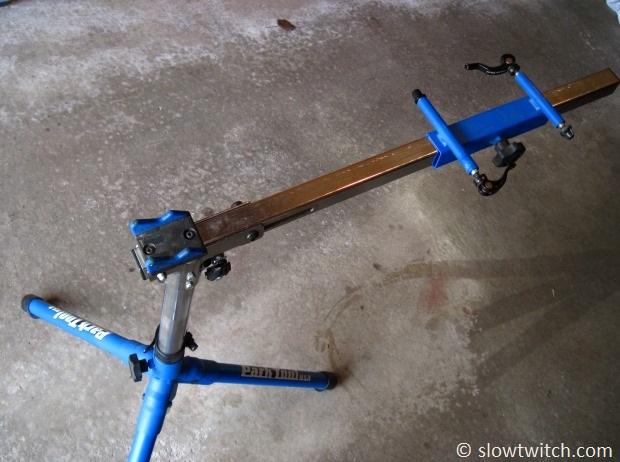Rim Widths 2014

It’s that time of the year again – time for an update on the world of triathlon and road rim specifications. Previous articles can be found here – 2013 and 2012.
Why keep track of rim width? For one, our readers seem slightly interested in it. Rim width can affect things like aerodynamics, tire volume, handling, and weight. Those who own bikes with tricky hidden TT brakes often want to standardize their training and racing rim width, to avoid making time consuming adjustments when swapping wheels. It can be tough to monitor of each brands’ rim evolution, so we aim to bring it to you all in one place.
General Questions and Notes
1. Where’s my brand? You forgot… my brand!
Sorry, Charlie – I included anything and everything we could readily get our hands on and/or thought would be interesting to the majority of our audience and/or I knew even existed. I do live in a cave that’s situated right under a large rock, so there’s a decent chance that I’m going to disappoint someone here with my lack of industry savvy. (Mentally insert the losing sound from The Price is Right)
2. Where did your numbers come from?
In most cases, these numbers were manufacturer-supplied. Whenever possible, we provided our own real measured numbers that we gathered ourselves. In those cases, our measurement trumps the manufacturer-supplied number (if we found a difference). All manufacturers were asked to list the specs to one decimal point, with no rounding or cheating (punishable by public shaming and gentle swatting with a broom). For example, 23.7 is correct, but not 23.68 or 24mm. Get it?
If we really-truly could not find a number or get a response, a big fat question mark fills the space.
3. Where is that outer rim width measured?
Right in the meat of the brake track. In years’ past, we listed the outside width in three places – the top, middle, and bottom of the braking surface. Our readers spoke to us, and said that they only want to know the middle. As in, the approximate part where the brake pad will hit the rim. That top-and-bottom stuff? Fuh-getta-boud-it!
4. Holy smokes – you’re now listing rim internal width for clincher rims!
Just like my feelings, it’s not only the outside that counts. While the outside width is cool and shiny and neat-o, it does not have any effect on the tire’s size. Wider internal width = more tire volume. Narrower internal width = less tire volume.
Which is better – wide or narrow? Some say that narrow is better because it leaves the tire sidewalls more curve-shaped for better spring effect and ride quality. In addition, some say that it makes the tire more ‘tubular-shaped’, which may result in better aerodynamics on certain rim shapes.

Proponents of wide internal width counter by saying that the larger tire volume allows lower air pressure – which is more important for ride quality than a spring-shaped tire, and provides faster rolling performance over rough pavement. Some wide-internal-width-supporters also say the exact opposite of the narrow-internal-width folks – that spreading the tire casing is better for aerodynamics. Let the heated debates roll on! Bring your popcorn!
Where is internal width measured? From bead hook-to-bead hook. In effect, the narrowest part of the inside of the rim.
NOTE: For wheels that are available in both tubular and carbon clinchers – with the exact same depth, rim material, and outside width dimensions – we list ‘Both’, rather than ‘Clincher’ and ‘Tubular’ separately. That’s because my chart is already way too long to begin with, and I don’t want it to be ten squillion pixels tall. In these specific cases, if there is an internal width listed, it is ONLY for the clincher version. Tubulars – obviously – do not have an internal rim width. Sure, you could measure the depth of the tire bed and get all technical if you want, but I’m lazy and don’t want to do that.
MAJOR CHANGES FOR 2014
Here ye, here ye – here you will find the major changes from last year’s chart to this year. What got discontinued? Who is new to the chart? Yadda yadda, so on and so forth:
American Classic
-New to our chart for this year
Boyd
-New to our chart for this year

DT Swiss
-Minor changes with hub flange and disc brake options
Easton
-EC90 Aero 55 tubular and carbon clincher added
-EC90 TT 90mm discontinued
-EA90 Aero discontinued
-EA90 RT tubeless discontinued
-EC90 Aero tubular and carbon clincher discontinued
-EC90SL 38mm tubular and carbon clincher discontinued
Enve
-SES 5.6 650c carbon clincher added. Three cheers for 650 availability!
FSA
-All FSA wheels to be branded Vision in the future

Hed
-GT3 trispoke added
-700c Jets update to Jet Plus
-650c Ardennes added in 23mm width
Mavic
-Added CXR60 tubular and clincher
-Added Cosmic Carbone 40 T
-Added Cosmic Elite S
-Cosmic Carbone 80 discontinued
-Cosmic Carbone SLR discontinued
Powertap
-Lots of new stuff going on. Zipp rims, Hed rims, all kinds of rims.
Profile-Design
-38/TwentyFour carbon clincher added

Reynolds
-Disc brake models added
-Aero 46 added
-Stratus wheels added
-32, 46, 66, 81 discontinued
-Storm discontinued
Rolf
-Ares 8 discontinued
-TDF 8 discontinued
-58RSC added
Vision
-Metron 3-spoke and disc added
-Metron 40, 55, 81mm line expanded
Xentis
-New to our chart this year
Zipp
-101 discontinued
-840 disc (650c) discontinued
-Sub-9 disc discontinued
—
Is that enough yammering for you? Without further ado, let’s see some numbers.







